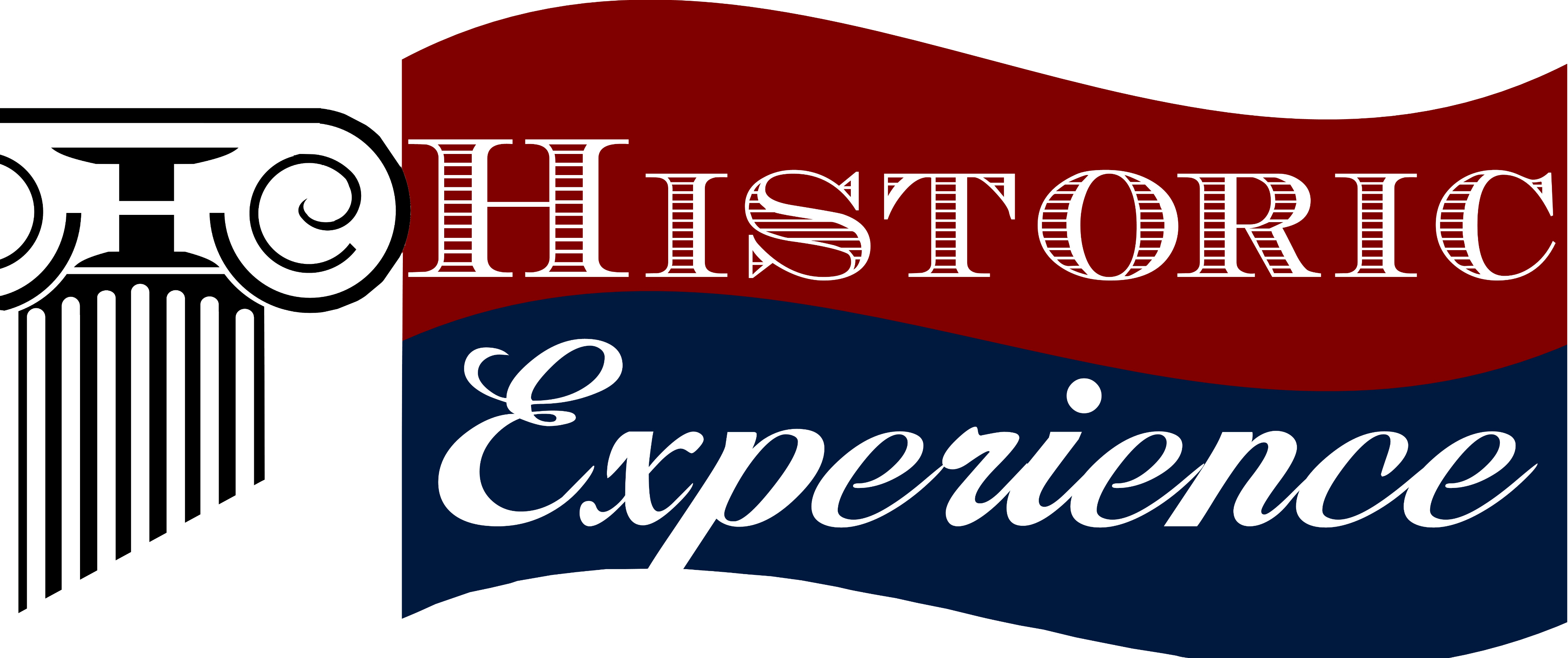September 3 (&4)-
Treaty of Paris: Liberty & Fish

John Adams
to Elbridge Gerry, September 3, 1783
The third of September, will be more remarkable or the Signature of the definitive Treaties than for the Battle of Naseby or Worcester or the Death of Oliver Cromwell.
The Treaty of Paris was a major date in John Adams’ mind; granted, he also believed that July Second would be the day America would celebrate its Independence. After all, who pays attention to a declaration of Congress?
And in typical Adams style, Adams was simultaneously thrilled and cynical about the signing of the Treaty. On one hand, he saw its importance; on the other, he saw that the Treaty could have been finished months earlier.
Ambassador Adams continues the celebration – and lament – in the video below.
From the Treaty of Paris, 1783:
Article 1st:
His Brittanic Majesty acknowledges the said United States, viz., New Hampshire, Massachusetts Bay, Rhode Island and Providence Plantations, Connecticut, New York, New Jersey, Pennsylvania, Delaware, Maryland, Virginia, North Carolina, South Carolina and Georgia, to be free sovereign and Independent States; that he treats with them as such, and for himself his Heirs & Successors, relinquishes all claims to the Government, Propriety, and Territorial Rights of the same and every Part thereof.
This was indeed a great accomplishment – British acknowledgement of American Independence. And Adams worked intensely to bring it into fruition. He was originally appointed to negotiate treaties of peace and commerce – solo – by Congress on September 27, 1779. In June of 1781, Adams’ solo was altered to become a quintet – a joint commission including Adams, Benjamin Franklin, John Jay, Henry Laurens, and Thomas Jefferson.
But Jefferson was unable to sail to Europe. And Laurens was in poor health after imprisonment in the Tower of London, due to British capture during the Revolution. So it went from one to five to three. And the three of them all worked to give America the best advantage in the treaties. Adams was particularly interested in the American’s liberty – to fish.
Areas such as the Grand Bank in Newfoundland and the St. Lawrence River had been common fishing waters for multiple countries, but England had seemed reticent to grant such permissions as the war drew to a close. Adams (as well as Franklin and Jay) knew of the importance of fishing to the livelihood of many New Englanders. Take a look at Adams’ draft of a treaty article on the subject:
“I drew up the Article anew in this form—‘That the Subjects of his Britannic Majesty, and the People of the said United States, shall continue to enjoy unmolested, the Right to take fish of every kind, on all the Banks of Newfoundland, in the Gulph of St. Laurence and all other Places, where the Inhabitants of both Countries used, at any time heretofore, to fish: and also to dry and cure their Fish, on the Shores of Nova Scotia, Cape Sable, the Isle of Sable, and on the Shores of any of the unsettled Bays, Harbours or Creeks of Nova Scotia, and the Magdalene Islands, and his Britannic Majesty and the said United States will extend equal Priviledges and Hospitality to each others Fishermen as to his own.’” (Adams’ Journal, November 4, 1782.)
Adams meant business!
His journal is filled with multiple debates on the subject. Before the preliminary treaties were signed, Adams warned the British delegation that the subject of fishery, “if America was not satisfied in those Points, would be the sure and certain Sources of a future War.”
Thankfully, England’s representatives saw the importance to Adams and America, and an amended fishing article was included in the Treaty of Paris. And students today do not have to study the causes and implications of the “Fish War of 1784.”
